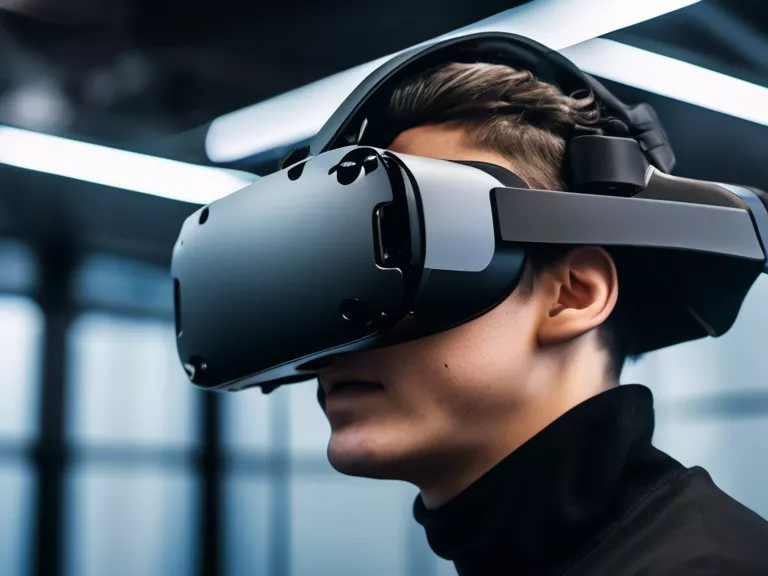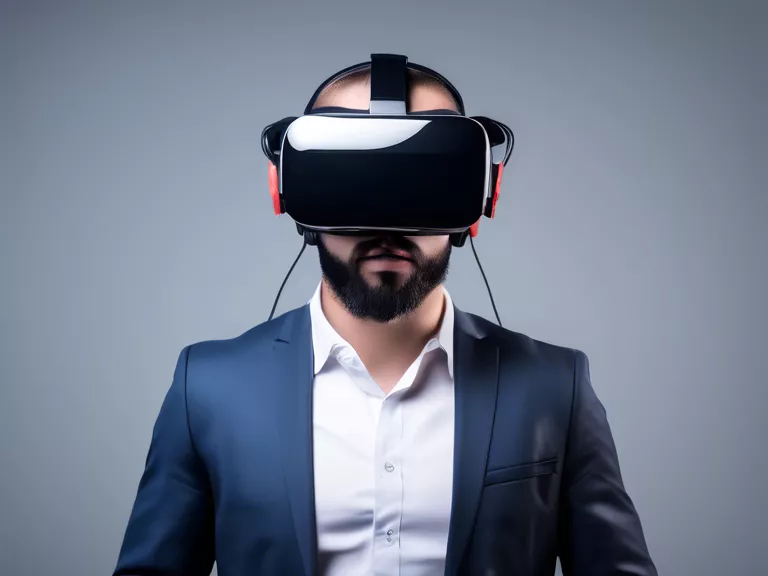
Introduction
Virtual reality (VR) technology has steadily been advancing and is poised to make a significant impact on various industries in the future. As the capabilities of VR continue to improve and become more accessible, businesses across different sectors are exploring its applications to enhance operations, training, marketing, and customer experiences.
Enhancing Training and Education
One of the key areas where virtual reality is expected to have a major impact is in training and education. Industries such as healthcare, manufacturing, and aviation are already utilizing VR to create immersive training simulations for employees. VR technology allows trainees to practice complex procedures in a realistic and risk-free environment, leading to better retention and improved skill development.
Revolutionizing Healthcare
In the healthcare industry, virtual reality is being used for medical training, patient treatment, and therapy. Surgeons can practice procedures in a virtual environment before performing them on patients, leading to better outcomes. VR is also being used to treat phobias, PTSD, and chronic pain by creating immersive experiences that help patients overcome their conditions.
Transforming Marketing and Sales
VR technology is revolutionizing the way companies market their products and engage with customers. Virtual showrooms and product demos allow consumers to experience products in a realistic way before making a purchase. Real estate companies are using VR to offer virtual property tours, giving prospective buyers a feel for the space without having to visit in person.
Improving Design and Prototyping
Industries such as architecture, automotive, and fashion are leveraging VR technology to streamline the design and prototyping process. Architects can create virtual walkthroughs of buildings, allowing clients to visualize the final product before construction begins. Car manufacturers use VR to test vehicle designs and make adjustments before production. Fashion designers can create virtual prototypes of clothing designs, saving time and resources in the development phase.
Enhancing Remote Collaboration
With the rise of remote work, virtual reality offers a solution to bridge the gap between team members located in different geographic locations. VR collaboration tools enable colleagues to meet in a virtual space, interact with 3D models, and brainstorm ideas as if they were in the same room. This technology is particularly valuable for industries that require close collaboration and visualization, such as architecture and engineering.
Conclusion
The future impact of virtual reality on industries is vast and promising. As the technology continues to evolve and become more accessible, businesses will find new and innovative ways to leverage VR to improve efficiency, enhance customer experiences, and drive growth. Embracing virtual reality now can give companies a competitive edge and position them for success in the rapidly changing digital landscape.

